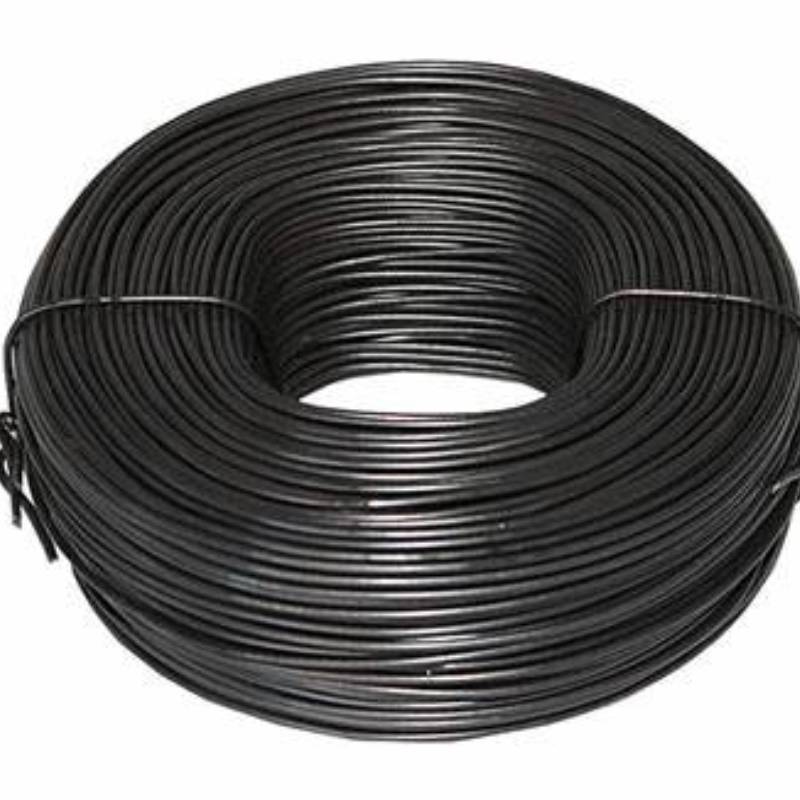
- Mobile Phone
- +8613931874955
- sales@cntcmetal.com
Understanding the Function and Design of Compression Springs in Mechanical Applications
A compression spring is an essential component commonly found in various mechanical devices and systems. It serves the purpose of storing and releasing energy when compressed. Unlike extension springs that operate with tension, compression springs are designed to take on axial loads and exert force in the opposite direction upon being compressed.
Structure and Design
Compression springs are typically made from high-carbon steel, stainless steel, or other alloys, depending on the application and environmental conditions. They are usually helical in shape, which allows them to efficiently store mechanical energy. Key parameters that define a compression spring's performance include its wire diameter, coil diameter, total number of coils, and spring rate. The spring rate, measured in pounds per inch (lb/in) or newtons per millimeter (N/mm), indicates how much force is needed to compress the spring by a specific distance.
The design of a compression spring can vary significantly depending on its intended application. Some compression springs have open coils, while others may feature closed or ground coils, which are often used to improve the spring’s stability and performance in specific conditions. Additionally, these springs can be manufactured in various lengths and diameters to meet the requirements of specific mechanical applications.
Functionality and Applications
The primary function of a compression spring is to resist compressive force and return to its original shape when the force is removed. This property makes compression springs incredibly versatile and useful across a range of industries. In automotive applications, for instance, compression springs are utilized in suspension systems, allowing vehicles to absorb shocks and provide a smoother ride. In appliances, these springs are often employed in devices like washing machines and dishwashers, where they help to manage movement and absorb vibrations.
Compression springs are also vital in machinery and manufacturing processes. They are used in assembly line machinery, cutting tools, and various types of clamps to apply pressure or maintain alignment. Their role in valves and actuators in pneumatic and hydraulic systems is crucial, as they ensure that components return to their original positions after being activated, thereby regulating flow and ensuring safe operation.
what is a compression spring

Variants and Innovations
While traditional cylindrical compression springs are widely used, several other designs and variants have emerged to meet the demands of modern engineering. Flat compression springs, for instance, are designed for applications where a space-saving option is required. These springs, usually made from flat metal ribbon, perform similarly to traditional compression springs but can fit into tighter spaces.
Additionally, the advent of advanced materials and manufacturing techniques, such as 3D printing and composite materials, has opened new avenues for compression spring designs. These innovations potentially allow for the creation of springs that are lighter, more durable, and tailored to specific performance requirements.
Maintenance and Lifecycle
Despite their durable nature, compression springs are subject to wear and fatigue over time, particularly in high-stress applications. Factors like the environment, frequency of compression, and the materials used can influence the lifespan of a compression spring. Regular inspection for signs of damage or deformation is necessary to ensure optimal performance and safety. In some cases, replacing a worn or damaged spring is more cost-effective than attempting to repair it.
Conclusion
In summary, compression springs play a crucial role in a wide array of mechanical systems. Their ability to absorb, store, and release energy makes them indispensable in many industries. Understanding their design, functionality, and maintenance plays a key role in ensuring that they perform effectively and efficiently in their various applications. As technology continues to advance, the evolution of compression springs will likely lead to even more innovative solutions and applications in the future.
share:
-
Why Sacrificial Formwork Is Redefining Underground ConstructionNewsJun.06,2025
-
The Structural Dynamics of Modern Concrete: How Snake Spacers Revolutionize Flexible ReinforcementNewsJun.06,2025
-
Snake Spacers Smart-Lock Concrete Reinforcement with Surgical PrecisionNewsJun.06,2025
-
Snake Spacers: Reinforcement Precision for Modern Concrete ProjectsNewsJun.06,2025
-
Snake Spacers Powering Concrete's Structural DNANewsJun.06,2025
-
Slither into Success: Snake Spacers' Precision Bite for Unbreakable ReinforcementNewsJun.06,2025
-
Sacrificial Formwork: Building Stronger, Faster, and Safer StructuresNewsJun.06,2025



















